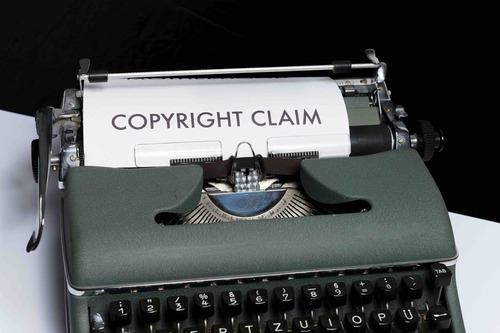What you need to Know about Art Copyright Issues
One frequently inquired topic I get as an arts mentor revolves around copyright and its application within New Zealand law, specifically in relation to visual arts such as paintings or sculptures. At its core, copyright comprises a set of exclusive property rights bestowed upon artists concerning their creations and artworks.
An artwork must possess an essential characteristic of being 'original,' meaning that it originates from the artist and is not derived from another individual's work by secondary means.
The legal framework for copyright is encapsulated in the Copyright Act of 1994, accessible for reference on www.legislation.govt.nz.
A distinctive feature of copyright, in contrast to trademarks, is that no formal application process is necessary. The safeguarding of copyright is automatically granted to original works, and the inclusion of a copyright notice, publication, or any additional action is not requisite for the artwork to be afforded protection.
Copyright protection begins when the artwork is initially recorded, either in written form or by other means. It is advisable to document the progression of the work through photographs and maintain dated records, particularly upon completion.

What is the Difference Between a Trade Mark and a Copyright?
Artists often ask about the difference between trademarks and copyrights. A trademark, encompassing signs distinguishing the goods and services of one business from another, necessitates a specific and defined representation, such as a word, logo, slogan, shape, or sound. While copyright is automatic, trademarks mandate a formal application process that is resource-intensive and time-consuming, requiring careful consideration of necessity.
Instances where artwork is not protected by copyright typically involve commissioned works. Copyright safeguards the expression of ideas or information rather than the ideas or information themselves, resulting in the person commissioning and remunerating for the artwork assuming the primary ownership of its copyright.
However, a contract between the artist and the commissioner stipulating the retention of copyright by the artist can override this default rule, although this aspect is currently under review so it pays to check on the rules periodically.
What is an example of a copyright in the context of art?
An exemplary instance of copyright in the art domain would be the exclusive rights granted to an artist over a series of unique paintings. For example, if an artist creates a distinctive series of abstract paintings, the copyright protects against unauthorised reproduction, distribution, or public display of those specific artworks.
What is an example of a trademark in the context of art?
In art, a trademark might manifest as a recognisable logo or symbol associated with a particular artist or art studio. For example, if an artist designs a distinctive logo that becomes widely associated with their body of work, registering this logo as a trademark can prevent others from using a similar symbol in a way that could lead to confusion in the art market. This provides the artist with exclusive rights to that specific visual identifier.
Does A Copyright Ever Expire?
The duration of copyright for artworks extends for 50 years after the conclusion of the calendar year in which the artist passed away. For example, the works of Vincent van Gogh, who died in 1890, have surpassed the 100-year mark, rendering them open to reproduction as they are no longer covered by copyright.
Copyright owners enjoy exclusive rights over their material, necessitating the procurement of permission for anyone seeking to utilise their copyright in various ways. Assigning the rights to another individual is possible, although this course of action is only sometimes recommended.
As with any legal matter, grey areas persist, and seeking professional advice is essential when uncertainties arise or situations necessitate decisive action.
Posted: Monday 4 January 2010

